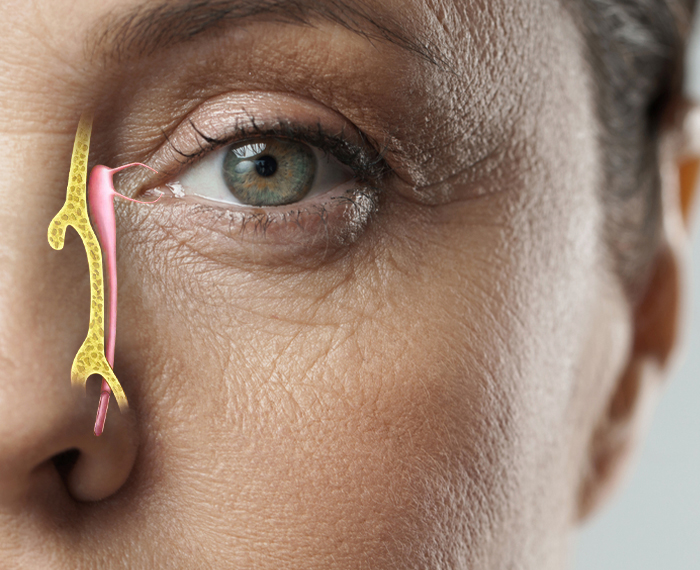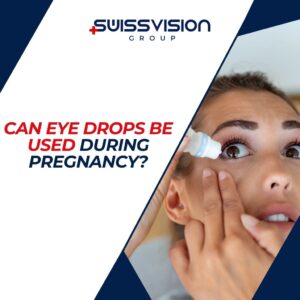In daily life, we can say that tears are considered as a component that is not given much importance and remains in the background. Well, do you actually know how important tears are? Let’s evaluate how important tears are and what effect they have against dry eye formation.
What Does Tear Do?
Tear is a component that covers the entire surface of the eye and keeps the eye moist. As it keeps the surface of the eye moist, it also protects the eye against foreign objects such as dust particles. We can also say that it keeps the eye surface clean.
Tear as a Function
- It is effective in the healing of minor injuries in the eye by showing a healing effect.
- It is effective in protecting the eye surface.
- It is effective in keeping the eye surface moist.
- Provides nourishment of corneal cells.
Tear Structure and Layers
Although we explain it with a single word, we can actually say that there are 3 different layers in this structure. Each layer has its own tasks and functions. Let’s list these layers immediately below.
- Aqueous Layer Layer: The layer that is produced directly by the lacrimal glands and ensures that both the eye remains moist and foreign bodies are removed.
- Mucus Layer: It is effective in covering the eye surface of the aqueous layer layer as desired. It ensures that the aqueous layer of the tear holds on the eye surface.
- Lipid Fat Layer: This layer is the layer secreted through the meibomian glands. The fatty layer prevents the rapid evaporation of the aqueous layer we mentioned, as well as ensuring that the eye surface remains sufficiently moist.
The Relationship Between Dry Eye and Tears
The biggest and most important causeof dry eye is the lack of sufficient and high quality tears. When there is a dysfunction in any of these layers, the surface of the eye cannot remain sufficiently moist and as a result, dry eye condition occurs.
We see this effect especially in case of obstruction of the meibomian glands. When the meibomian glands are blocked, oil cannot be secreted correctly and as a result, the aqueous layer on the surface of the eye evaporates rapidly, leading to dry eye.
With this in mind, it is important to know that tears are the key factor in minimising the risk of dry eye.






